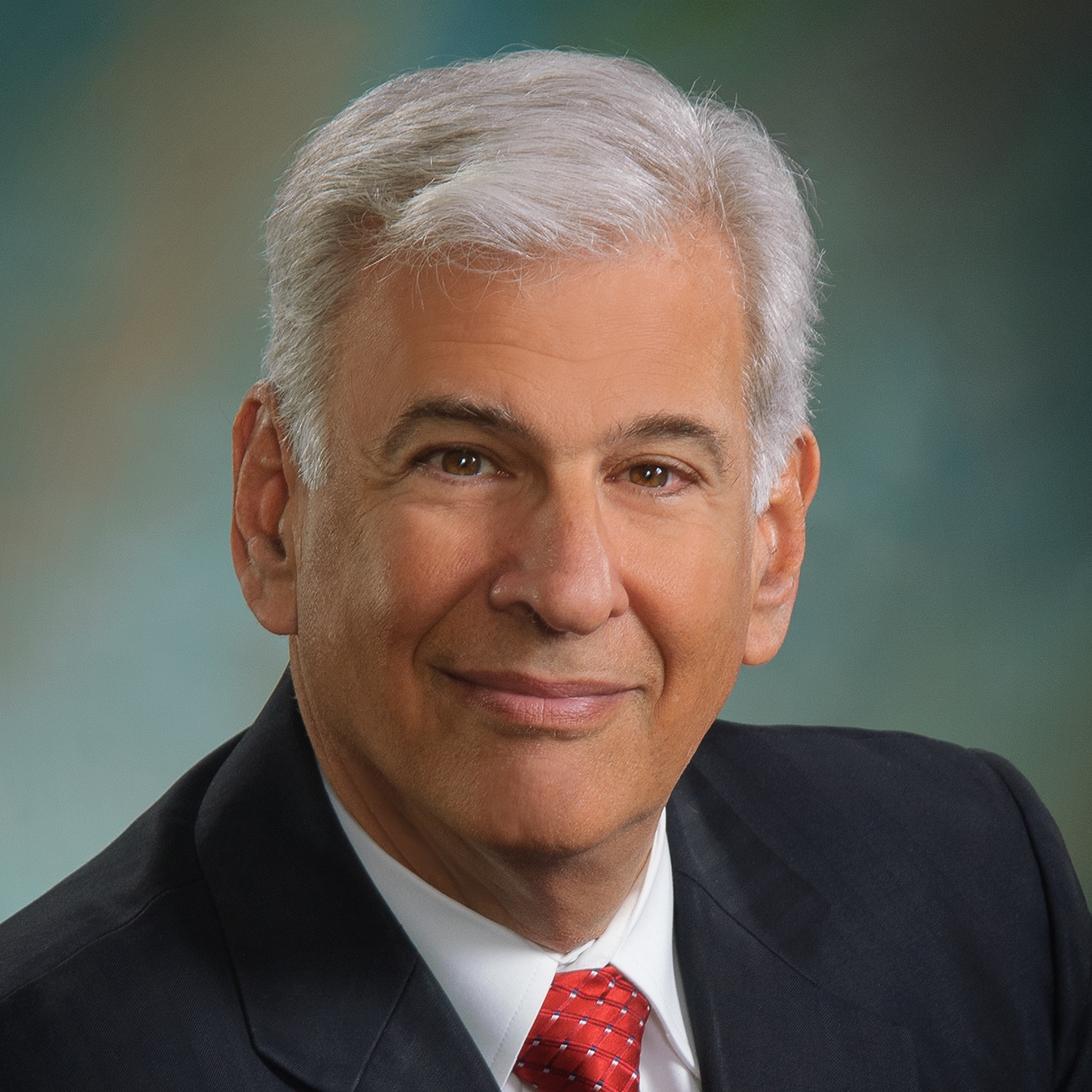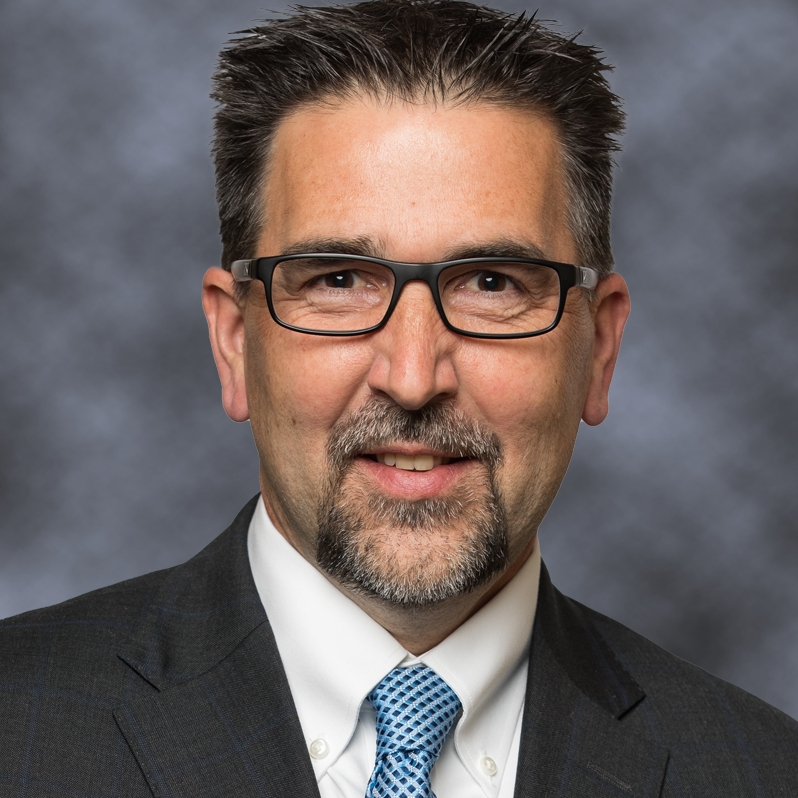Hospital success requires a CEoH focus says 27-year HFMA member

A key ingredient in the recipe for successful leadership in healthcare finance is setting high-level strategic goals that are understandable, actionable and achievable, and a deliberate focus on cost effectiveness of health (CEoH), says Erik Thorsen, CPA, MBA, a 27-year member of HFMA.
In over almost two decades as a leader — starting as CFO in 2003, moving to COO a few years later and rising to CEO in 2012 — Thorsen has applied his leadership philosophy to transform Columbia Memorial Hospital (CMH) — a 25-bed rural, critical access hospital in Astoria, Oregon — into a successful enterprise. Thorsen’s diverse tenure at CMH has given him a special understanding of the differences and nuances of finance, operations and executive leadership.

Erik Thorsen is a long believer in the goals of CEoH
“Given its size as a critical access hospital, CMH has a very different financial outlook than much larger urban and suburban medical centers,” Thorsen said. “Yet it must still earn a sufficient bottom-line return while serving a community that relies on it to provide primary, essential and sometimes tertiary care.”
The CMH of today looks quite different from how it looked when Thorsen arrived as CFO.
“Our current success is result of strategic, operational and financial decisions made by the board and executive management team to grow so that CMH could provide more access, stronger services and better outcomes,” Thorsen said.
Through an innovative strategy of collaborating with Oregon’s only academic medical center, Oregon Health and Science University (OHSU), CMH has bulked up to become one of the largest rural hospitals in Oregon.
Together, CMH and OHSU have focused on improving access to primary and specialty care within CMH’s service area. Most notably, the two organizations developed a 26,000-sqare-foot cancer center complete with medical oncology and radiation therapy.
”The primary goal of this collaboration with OHSU is to build access locally so patients do not have to travel 90+ miles to a larger facility,” Thorsen said. “This reduces the stress on local patients both physically and financially.”
The unique collaboration between CMH and OHSU, which the two organizations developed without a merger of assets or any financial integration, has been the primary catalyst for CMH’s growth over the past decade. CMH remains an independent organization, yet it has access to the strengths and support of an academic medical center, uniquely paving the way not only for the cancer center but also other specialty clinics in CMH’s service area, including those devoted to cardiology, urology, pulmonology, general surgery and orthopedic surgery.
Improving access to specialty care is just one manifestation of CMH’s commitment to CEoH, which Thorsen sees as being fundamental to the hospital’s success.
Promoting CEoH
Thorsen has long believed in the goals of CEoH, and its essential focus on delivering high-quality care and support that ensure optimal outcomes – and sustained patient health – can be achieved at the lowest possible cost. This focus provided the inspiration for assembling a top-notch leadership team that would work closely with staff to make the CEoH goals understandable, actionable and achievable.
To lead this effort, the team has focused on the CEoH “triple aim” (to borrow the Institute for Healthcare Improvement’s term) of patient access, equity and social determinants of health.
Thorsen pointed to patient access as one of the key elements of focus for achieving CEoH goals. Over the past five years, he said, CMH has looked closely at both emergency department utilization and the hospital’s triennial community health needs assessment as two quality drivers and found there was not enough access to primary care.
“So we made a conscious effort to address this issue,” Thorsen said. “We have invested in upgrading our medical group to increase primary care services and urgent care centers around the community, which are open seven days a week. We recruited more primary care physicians, embraced more advanced practice providers and extended clinic hours to support our underserved communities. We have done this because it is a necessity for our community. This is how we are able to achieve the high-quality care that delivers optimal outcomes mentioned in CEoH.”
As to lowest possible cost, Erik sees a win-win for both CMH and the community.
“Lowest possible cost means striving for,” On the community side, we are serving a community need in setting up new locations, staffed with highly trained professionals, with the goal of keeping cost per encounter as low as possible,” Thorsen. “But at the same time, the increased volume should equate to patient growth across the system. As long as our revenue per encounter remains higher than our cost per encounter, we feel we are achieving the CEoH goal.”
A message for finance leaders
“These things are doable. Still it takes some elbow grease in an effort to make a difference. You need the constant monitoring of clinical, operational and financial metric goals. I applaud all my colleagues who are going through the struggle, and as we know, it is worth it, for all the staff doing the work, the organization and community. It is what we signed up for, so let’s do it right.”
“I would encourage any new (or old) financial professional to get involved with HFMA. Get involved with your chapter’s leadership. Become an active member. Participate. You’ll never regret it.”
Erik Thorsen, CPA, MBA
Best HFMA memory
Thorsen fondly recalls participating in the very first collaboration of all HFMA chapters in Region 11 back in 1998, now called the Western Symposium.
“It was so fun to take part with all the chapter members from around the West,” he said. “The networking was fabulous, as was being a part of this community of leaders who were all trying to advance healthcare in their own neighborhoods, while maintaining a firm financial footing from which to grow.”
5 leadership tips from Erik Thorsen
1 Understand that a real balance needs to be struck between finance and operations (i.e., the front line clinical and operational managers and staff). Finance professionals do not always recognize the needs of the clinical departments. Finance therefore should make an extra effort to understand those clinical department needs and then educate the clinical managers on why it is important for them to recognize the organization’s financial needs and capabilities. To help achieve a common balance, finance reps should be visible in the clinical department and show they care.
2 Ensure that finance managers are fully engaged with the long-range strategic planning process for the entire organization. Finance managers should not restrict themselves to a narrow short-range financial focus. Having a long-range view will allow them to better understand, review and communicate short-range needs.
3 Recognize the necessity of clear reporting of financial information. Report financial information in a way that can be easily understood by various stakeholders, especially those lacking a financial background. Whether linear or graphical, narrative or expository, reporting should fully inform those who are not in finance.
4 Understand that you cannot focus on everything. Learn not to sweat the small stuff. Instead, recognize the initiatives and priorities that will meaningfully the organization forward and attack those persistently.
5 Never stop learning. There are many opportunities to get involved with learning and connecting with peers through associations such as HFMA. Keep taking classes, building your skills and competence. It will always pay off in your life and career!
Editor’s note: With this series of columns, we recognize the dedication and insights of HFMA’s longest-standing members, healthcare finance executives with memberships of 25 years and longer. If you would like to share your perspectives, please feel free to contact the author.
For insight into how to begin thinking clearly about CEoH in your organization, see Hut, N., “10 building blocks of cost-effective health,” HFMA, Feb. 18, 2022.





